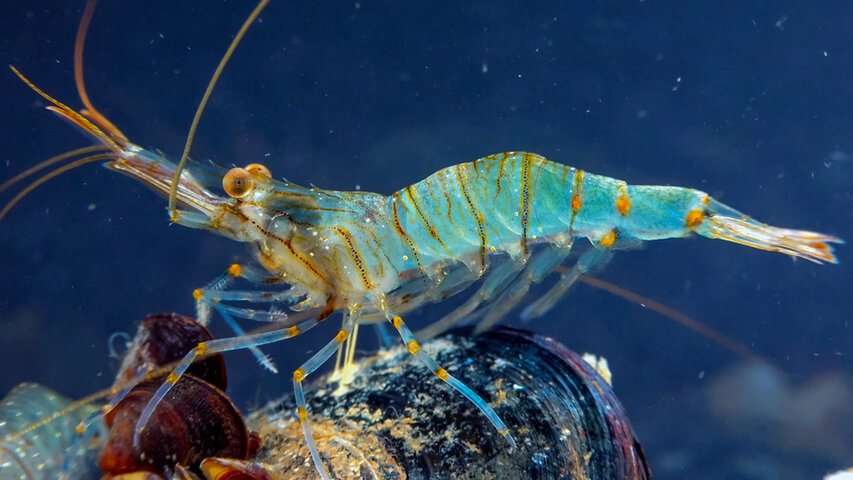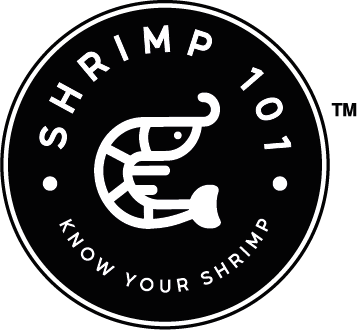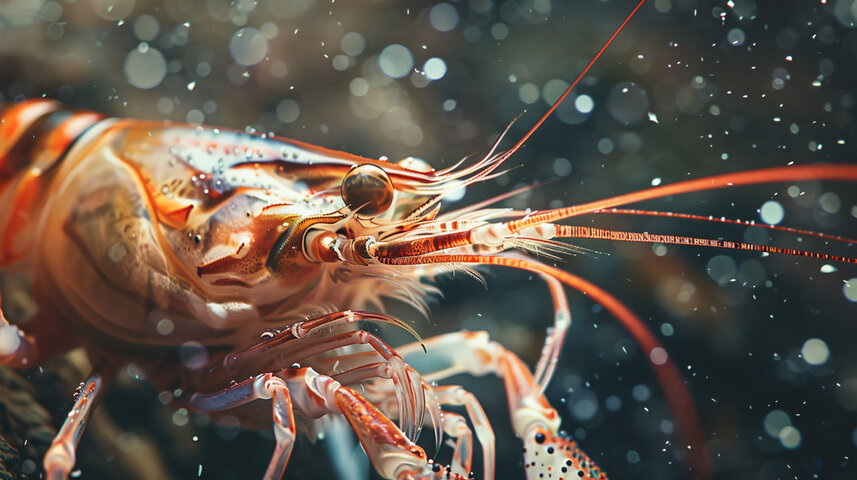Shrimp are omnivores meaning they eat animals and plants, alive or dead. Their diet includes algae, plants, fish, snails, and sometimes even other shrimp. Their specific diet will vary greatly depending on their habitat and also the time of the year they are feeding, some food is not available year-round, so they’ve adapted to eat what is available.
In shrimp farms the feed is a bit different. Shrimp must receive proper nutrition for optimal growth, to avoid diseases, and to stay healthy. Some farms will use commercial pellets which contain a balanced mix of proteins, fats, carbohydrates, vitamins and minerals. The ingredients often include fish meal, soybean meal, wheat, corn, and various supplements. There are different types of pellets for different stages of shrimp growth.
Other farms use natural feeds which include Algae, Phytoplankton and Zooplankton, and detritus. There’s also what is known as Biofloc technology, which involves the cultivation of microbial communities in the water that shrimp can feed on. These microbial communities consist of bacteria, algae, protozoa, and other microorganisms that provide nutrition and help maintain water quality.


